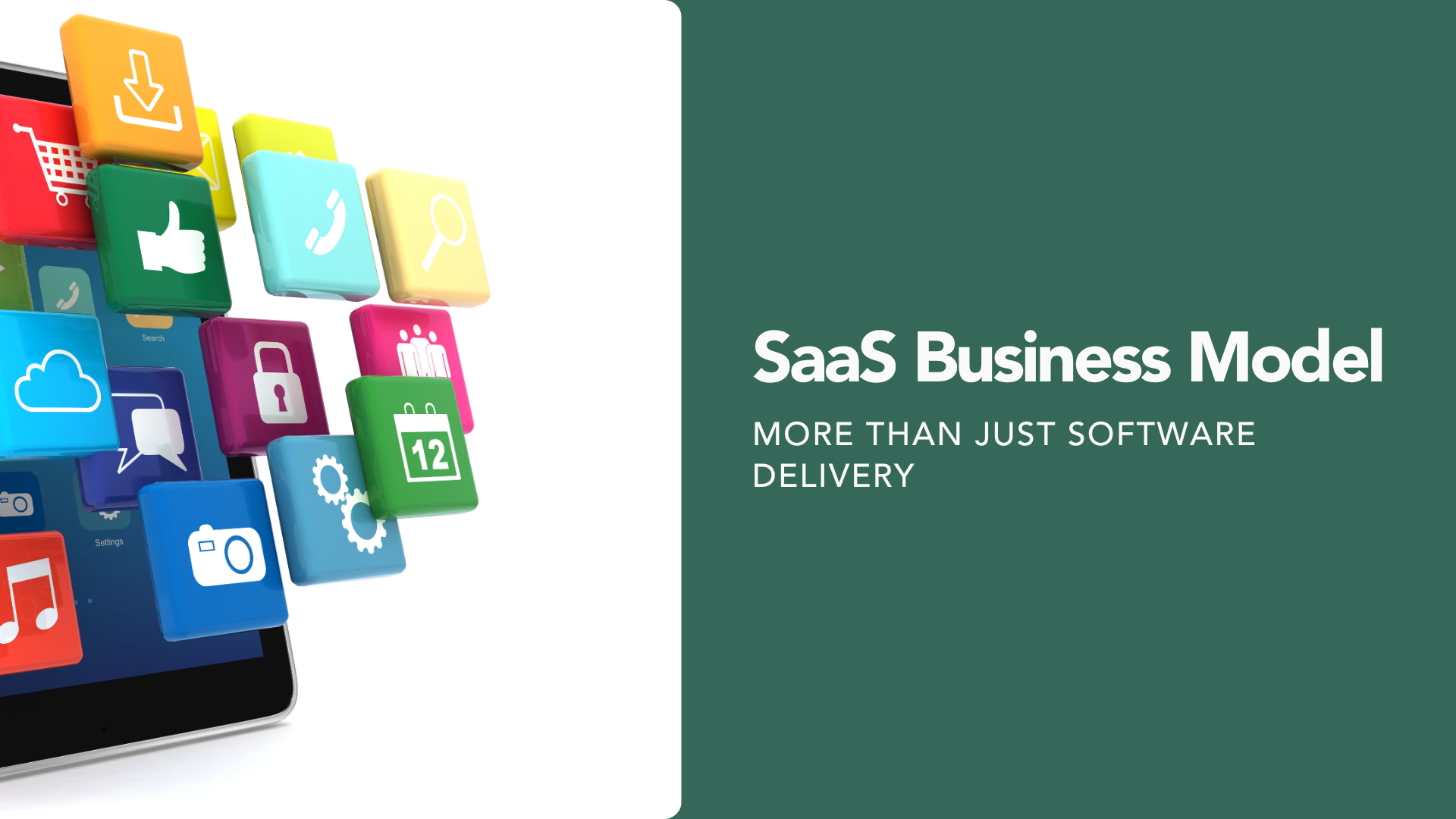Software as a Service (SaaS) is more than just a method of software delivery. As articulated in The Art of SaaS, “It’s is a way of being. It is a way of life, a world conception, a paradigm, and an ecosystem.” This philosophy extends far beyond features or configurations; SaaS embodies a comprehensive business model demanding operational discipline and unwavering customer focus.
SaaS as a Paradigm and Ecosystem
Calling SaaS “a way of being” reflects a deeply rooted philosophy that shapes an organization. Every business function—from product development to customer support—must align with its principles. This integrated model fosters a dynamic ecosystem, transforming software from a static product into an ongoing service experience.
The Promise and Customer-Centric SaaS Business Model
The SaaS promise centers on delivering reliable, browser-accessible software from anywhere. Customers choose SaaS to reduce upfront costs, avoid complex infrastructure, and mitigate tech obsolescence risks. Crucially, they aim to shift risk to the vendor, demanding excellence, transparency, and ongoing innovation.
What Defines True SaaS?
True SaaS differs from “hosted SaaS.” It offers a single software stack, a shared database schema, and immediate web-based access. No downloads, no delays. It enables control and agility without operational complexity, relying on user trust and vendor competence. Its development prioritizes security, usability, and scalability from day one.
The SaaS Bargain: Mutual Responsibility
This relationship is ethical: Vendors provide dependable services; customers must evaluate fit before purchase. Misaligned demands compromise the “as-is” model. Vendors, too, must uphold promises, avoiding overcommitments or misrepresentation. This balance forms the SaaS Bargain.
Organizational Impact of SaaS Philosophy
Operations: Uptime as a Core Feature
SaaS platforms demand near-perfect availability. Uptime isn’t a metric—it’s a product feature. Downtime disrupts all customers, triggering support overload, churn, and delays. Success hinges on proactive monitoring, root-cause analysis, and transparent communication.
Development: Building for One-to-Many
SaaS apps run on shared infrastructure. Key requirements include:
- Performance: Fast and reliable.
- Scalability: Handles simultaneous usage surges.
- Configurability: Toggle features for tiers.
- Data Integrity: Ensure privacy across tenants.
- Integration: APIs to connect SaaS ecosystems.
Security: The Trust Foundation
Security spans data centers, customer interactions, and compliance standards like SSAE16, PCI, and HIPAA. Vendors must demonstrate top-tier data protection.
Testing: Unified Quality Assurance
With all users on one codebase, bugs affect everyone. Testing requires production-mirror environments and cross-browser compatibility. All customers receive updates concurrently, enforcing backward compatibility.
Product Marketing: Real-Time Insight
SaaS marketers analyze user behavior to optimize product-market fit. Understanding usage patterns drives informed sales strategies and development priorities. The product team becomes the final decision-maker on what gets built.
Sales and Marketing: Always-On Engagement
SaaS sales happen online: SEO, social media, blogs, and webinars. Metrics like Committed Recurring Revenue (CRR) and Churn dominate. Sales teams split into “hunters” (new business) and “farmers” (account growth). The b2b SaaS business model emphasizes scalable, recurring revenue through long-term relationships and value delivery.
Customer Support and Services: Retention Engines
Support teams must deeply understand the product and act swiftly. Professional Services focus on fast, reliable deployments to secure long-term value, not immediate profit. Partner networks help scale complex integrations.
Legal & Finance: Speed and Discipline
It requires agile legal frameworks and vigilant financial oversight. Teams monitor burn rate, cash flow, and customer collections. Cloud-first tools ensure internal alignment with its principles.
Hiring: Prioritizing the SaaS Mindset
Hire for adaptability, service orientation, and SaaS familiarity over vertical expertise. Look for business athletes who thrive in structured, scalable environments.
The SaaS Bottom Line: Systematic Discipline
SaaS isn’t about opportunistic growth. It’s a bottom-line business focused on sustainable profitability and reinvestment. Avoid “whales” that demand product deformation. Build for your ideal customer, and be willing to fire those who don’t fit.
SaaS as a Holistic Strategy
SaaS redefines business from the ground up. It’s not just about delivery—it’s a complete enterprise transformation that integrates product, operations, marketing, sales, and support around customer success. Embracing SaaS as a “way of being” is the path to a scalable, ethical, and customer-aligned organization.

